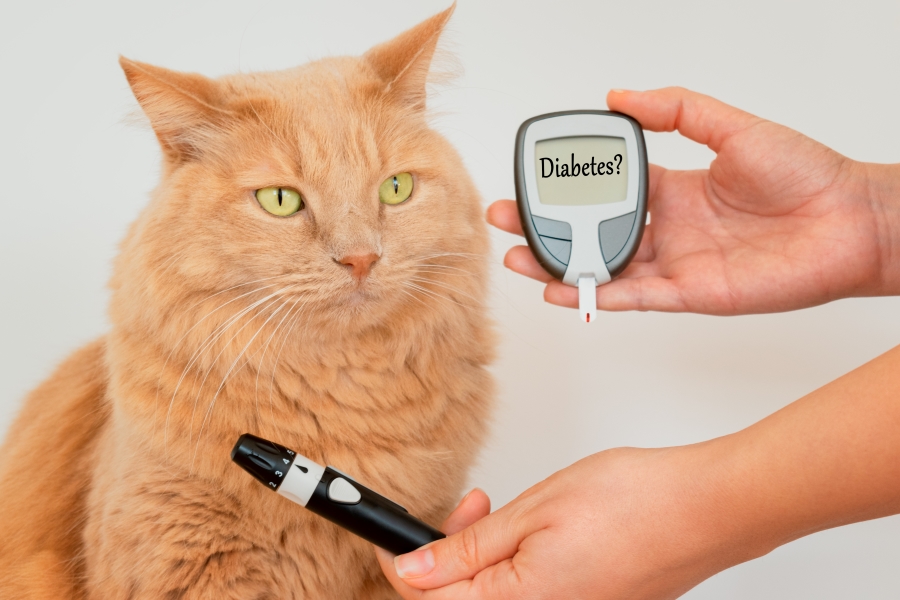Providing your clients with useful information regarding diabetes management can improve the quality of life of their dogs and cats.
Maintaining the health of your clients’ dogs and cats is not only a professional obligation but also a source of joy and satisfaction. Ensuring that those four-legged beings enjoy the best quality of life and remain happy and playful is a mission that motivates veterinarians day in and day out. Even if a dog or cat is suffering from a disease such as diabetes, proper management can help them live normal lives even if permanent reversal is not possible.
Diabetes is a disease that demands extra vigilance on the part of the client. Here are some significant management guidelines that should be communicated to feline and canine pet owners.
Diabetes management guidelines
Canine and feline diabetes often has to be managed with exogenous insulin therapy. Insulin can make the animal return to normoglycemia, and reverse the effects of glucose toxicity. When establishing an optimal insulin treatment protocol and effective diabetes management, continuous patient monitoring is one of the most pivotal factors pet owners should know about.
After an initial diabetes diagnosis, recommendation of insulin therapy, and dietary plan, the client should be advised to frequently measure their pet’s glucose patterns for 14 days. Once an accurate picture of the blood glucose is established, you can then fine-tune the patient’s insulin therapy as per requirement.
Measuring urine glucose via urine dipsticks can also be suggested, but it should be kept in mind that such measurements are often not accurate in dogs. Also, urine glucose only shows the average blood glucose while the bladder fills. Therefore, relying solely on urine glucose measurements is not advisable.
Clients should be directed to maintain a daily log of their pets’ appetite, thirst, and insulin doses. They should also be educated about insulin’s mechanism of action as well as its handling, administration, and storage.
Pet owners should also be taught to recognize signs of low blood glucose, such as lethargy, weakness, abnormal gait, behavioral change, sleepiness, seizures, and tremors. They should also know what to do if any of these signs appear – for example, by giving glucose booster products if the dog or cat is conscious, or rubbing corn syrup on the gums in case of unconsciousness. Also let clients know that getting the animal to the vet is the best possible strategy in either case.
PetTest
PetTest has made glucose monitoring easy with their PetTest Painless Glucose Monitoring System. This system allows for the tracking of blood glucose levels without stressing out the animal. This diabetes specialist company also offers the Glucose SOS Energy Boost for Pets, which means your clients can easily manage low glucose as soon as they see the signs.








